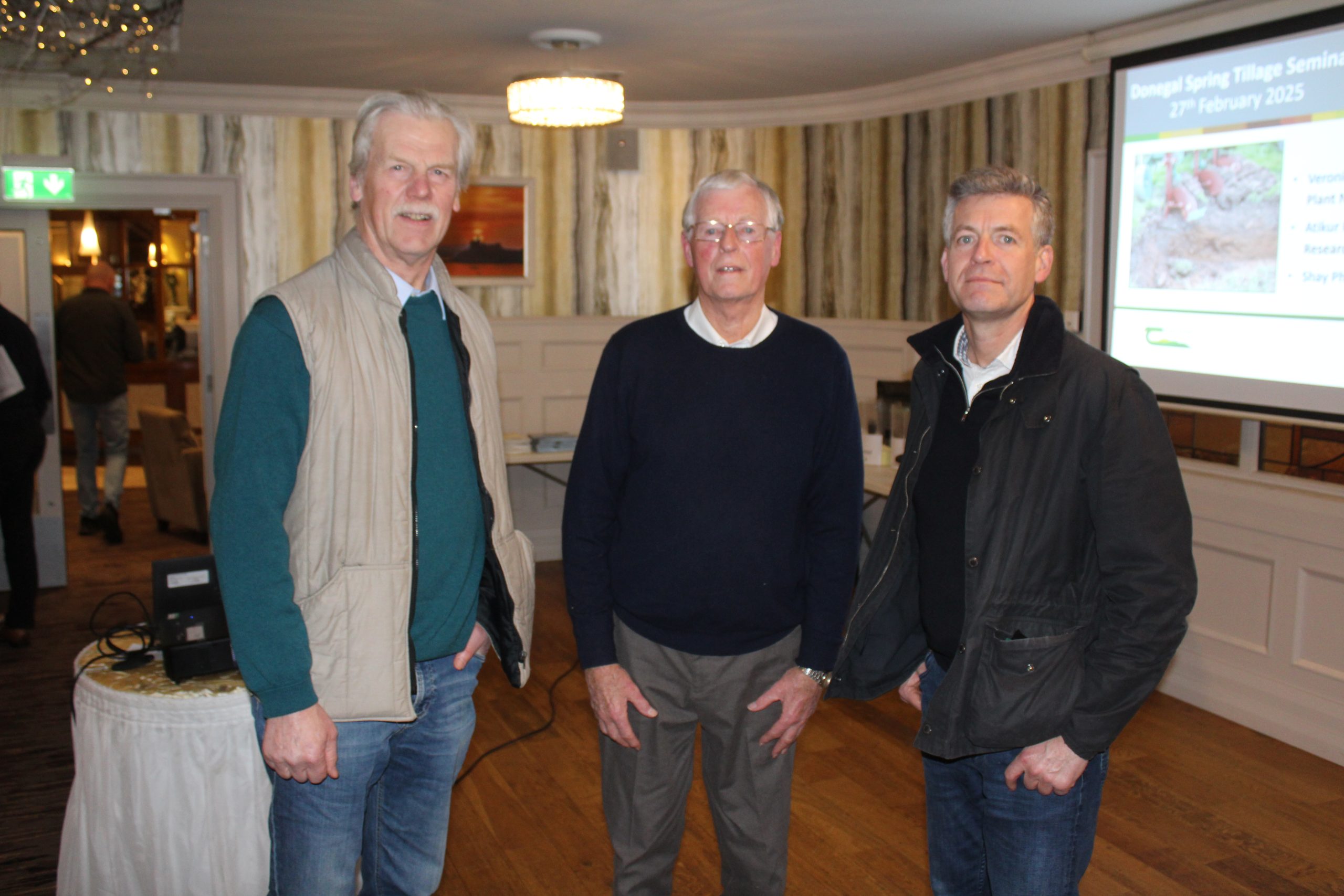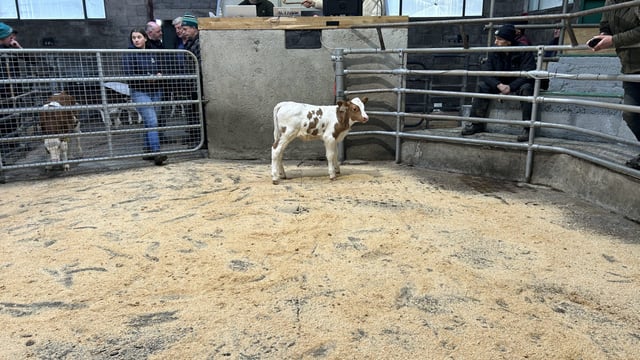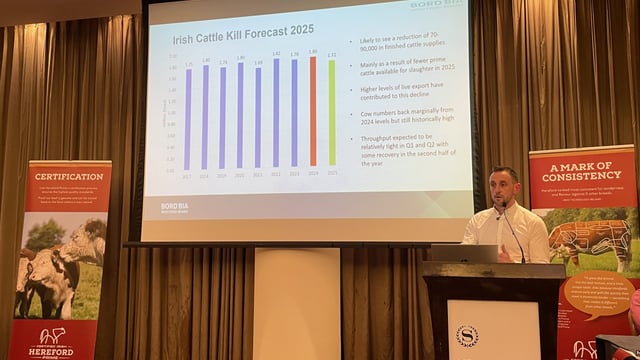Protected urea has a key role to play in Irish agriculture - expert
Teagasc’s Veronica Nyhan has referenced the disquiet expressed by some farmers regarding the performance achieved from protected urea in 2024.
The soil and crop nutrition specialist spoke at a recent crops meeting in Co. Donegal.
She explained that questions had been raised about the performance achieved from all fertilisers last year, adding “there are specific issues relating to protected urea. In the first instance, it must be stored properly: dry conditions are essential."
She further explained: “The coating of the urea takes place in Ireland. And, it’s important that farmers know the actual date of treatment. Protected urea should be used as soon after the date of treatment as possible.”
The Teagasc representative indicated that fertiliser suppliers may soon be required to include the date of treatment on protected urea packaging.
According to Nyhan continuing pressure will be brought to bear in order to substantially reduce the levels of chemical nitrogen used within Irish agriculture.
To an extent this has been achieved as a consequence of the war in Ukraine. The question then becomes, can this trend be sustained into the future?
However, Nyhan made it clear that protected urea will become the preferred source of chemical nitrogen used on Irish farms into the future.
The product is as effective as CAN, in terms of its impact on crop production, while the urea inhibitor that coats individual granules reduces the volatilisation of the nitrogen that is applied.
The Teagasc representative also referenced the need for farmers to source fertilisers that are of optimal quality in terms of their physical structure. Traits to assess in this context include: granular size; product density; and the physical strength of the product or products in question.
All of these attributes will impact the spreading patterns achieved when the fertiliser is spread.
Nyhan carried out sieve, density, and strength tests on a range of fertiliser samples as part of her presentation at the meeting.
Specifically, where particle size is concerned, she confirmed that a good fertiliser will have a relatively large particle size, with 80% of the particles in the 2-4mm size range.
Many fertiliser types have a density of about 1kg/L, but urea has a density of about 0.8kg/L making it more difficult to spread, limiting the bout widths and usually requiring a different spreader setting.
This matter becomes further complicated in the case of blends containing individual constituents of various sizes.
Nyhan confirmed that a fertiliser blend containing nitrogen, phosphate and potash is now available.
Up to this point its spreading characteristics have been assessed in New Zealand. However, this work has yet to be carried out under Irish conditions.






